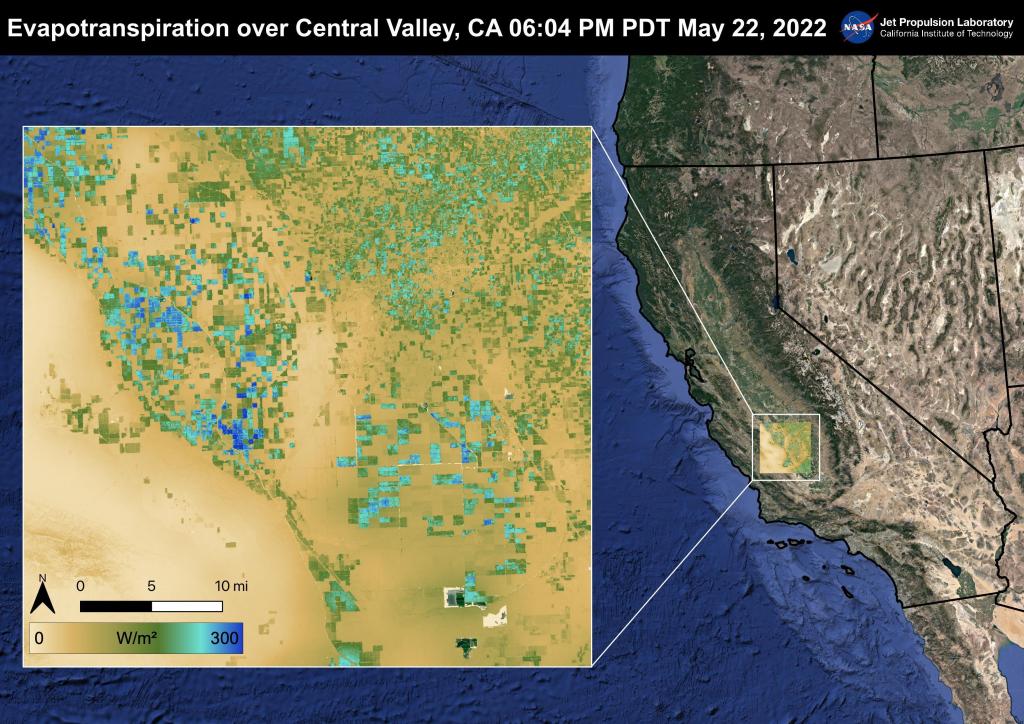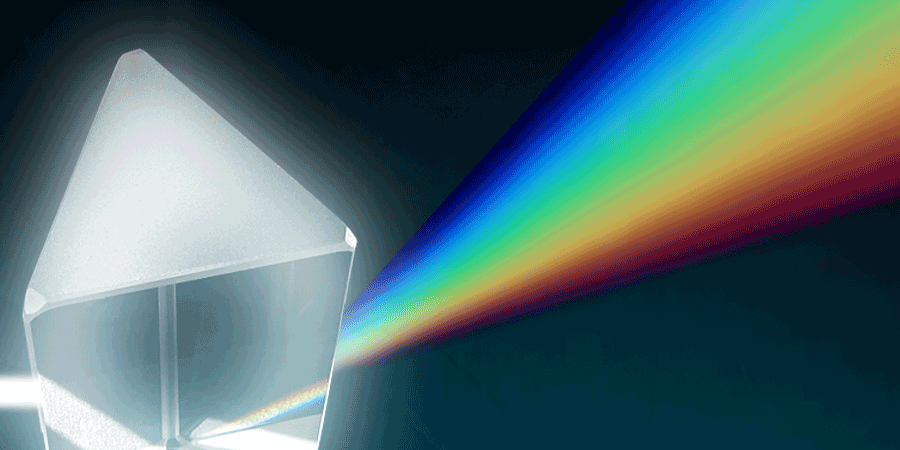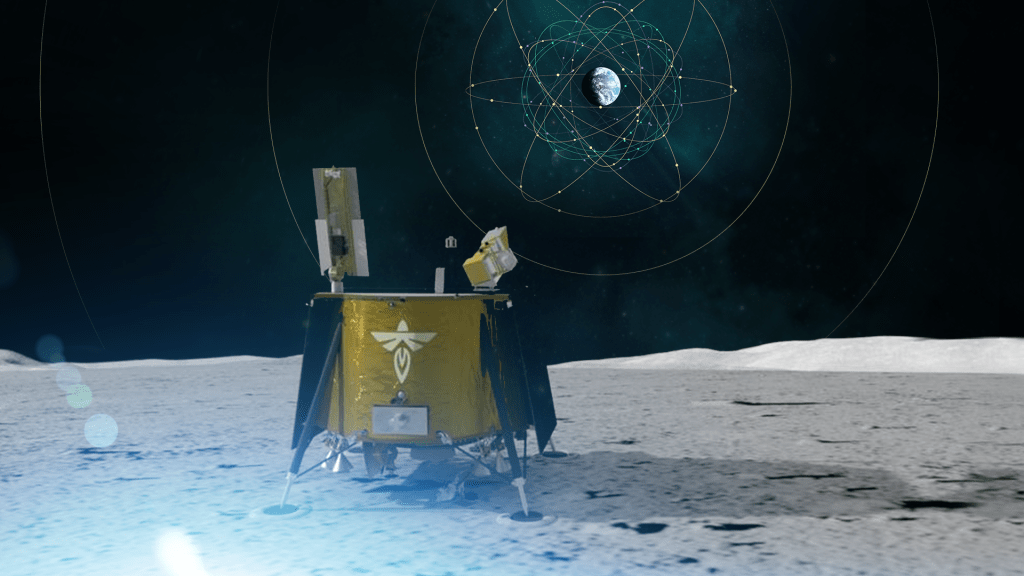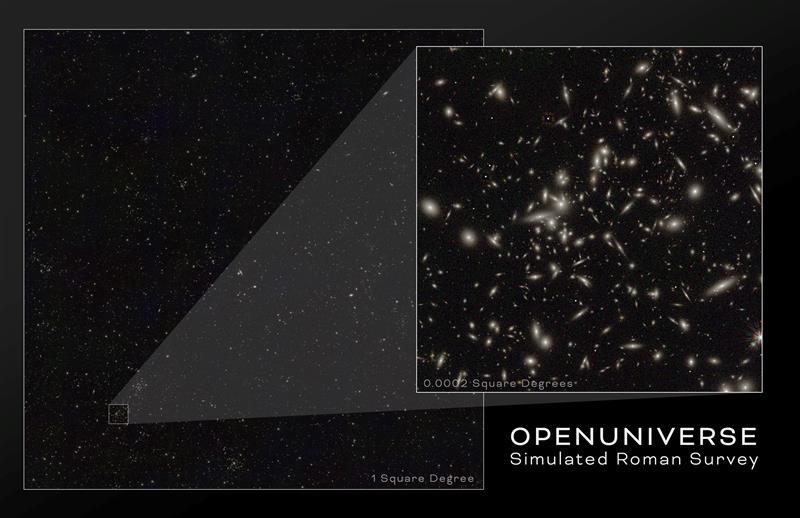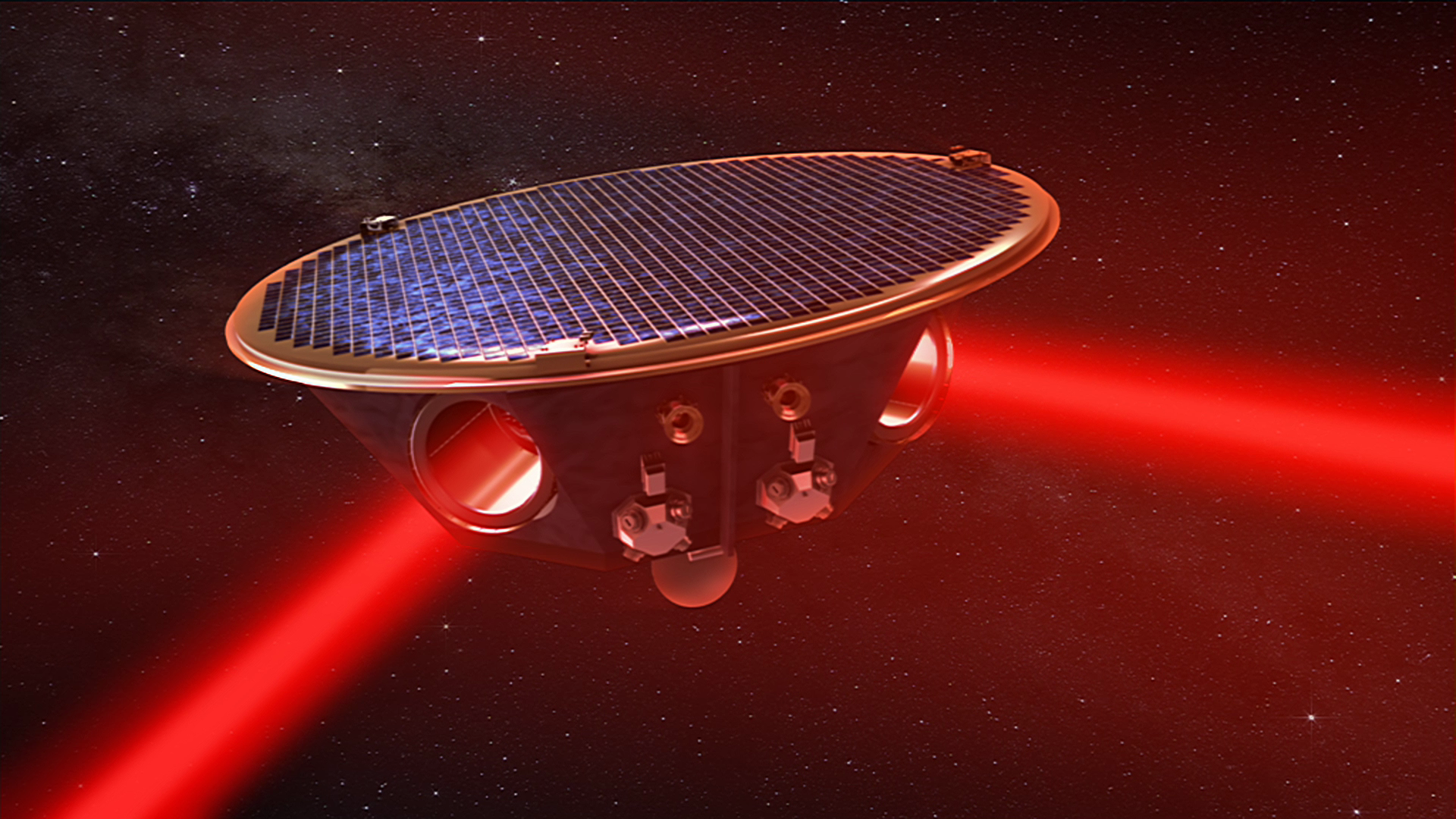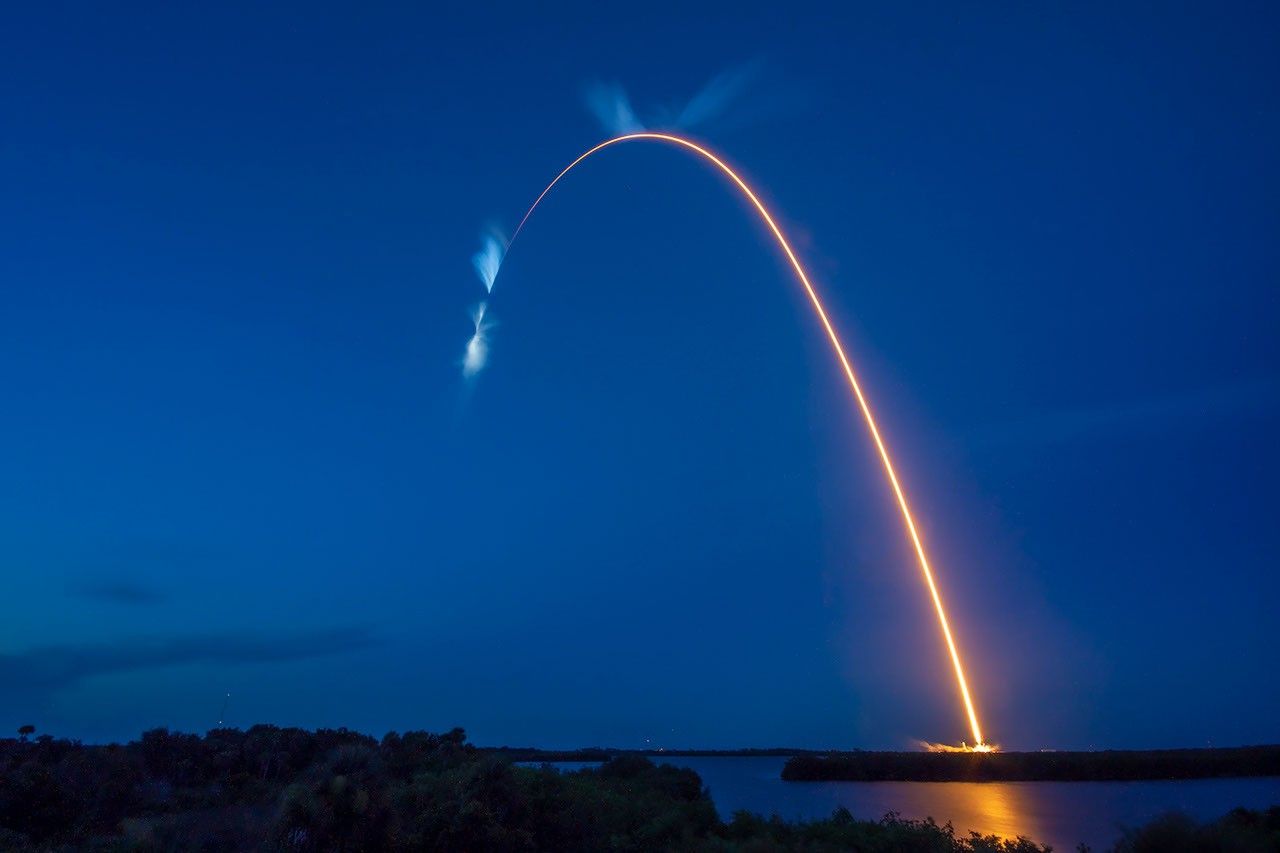
When scientists downlinked data from Parker Solar Probe’s sixth orbit, there was a small, bright surprise waiting for them: the spacecraft’s first observation of a sungrazing comet. This particular comet was discovered just weeks earlier using data from ESA (European Space Agency) and NASA’s Solar and Heliospheric Observatory, or SOHO.
Parker Solar Probe captured spectacular images of comet NEOWISE in July 2020, but this is the first time the spacecraft has seen a sungrazer — a particular class of comet that flies extremely close to the Sun, typically so small and dim that they are impossible to see from Earth or observatories other than SOHO. This sighting confirms the hope of the Parker Solar Probe team that the spacecraft’s WISPR instrument, designed to image the Sun’s outer atmosphere and solar wind, could provide new insight into these star-skimming celestial bodies.
Like nearly all sungrazers, this comet — nicknamed SOHO-4063 after the observatory that first spotted it — was destroyed as it swooped by the Sun, disintegrated by heating from the intense sunlight. It’s this destruction process that scientists hope to learn more about with future Parker Solar Probe observations of sungrazers — a prospect that looks more likely based on these first images. The comet appeared brighter in Parker Solar Probe’s data than in that from SOHO, indicating that Parker Solar Probe’s WISPR instrument is particularly sensitive to comets and may provide a new level of detail on the sungrazers that happen to cross its field of view. Parker Solar Probe’s close solar orbit also puts the spacecraft closer to these sungrazing comets than other observatories — about 40 million miles away, less than half the distance from which SOHO sees sungrazers.
Credits: ESA/NASA/SOHO/Naval Research Lab/Brendan Gallagher
Comet SOHO-4063 was originally discovered on Sept. 13, 2020, by citizen scientist Worachate Boonplod with the Sungrazer Project, and the comet first appeared in Parker Solar Probe’s data later on Sept. 13. Parker Solar Probe sends its science data back to Earth in batches at certain points in its orbit, meaning scientists didn’t have a chance to look for this comet in Parker Solar Probe’s data until weeks after it was initially discovered in SOHO’s data. Even with such weeks- or months-long lags, Parker Solar Probe’s proximity to sungrazers and the WISPR instrument’s high sensitivity to comets means that Parker Solar Probe may eventually spot new sungrazing comets that elude even SOHO.
NASA’s Goddard Space Flight Center, Greenbelt, Md.





